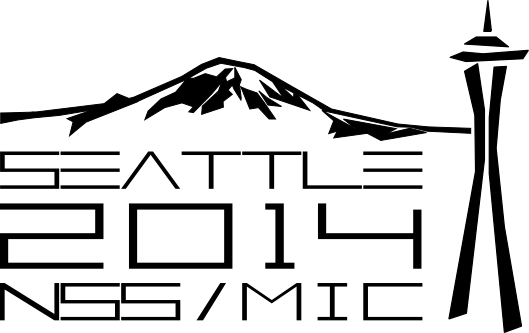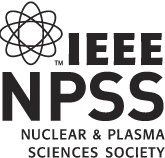Joint Session Day
A full-day, joint sessions for the NSS, MIC, and RTSD communities will be organized as a "Joint Sessions Day" for Wednesday, 12 November. This new experimental approach intent to simplify the program by decreasing the number of parallel competitive sessions and avoid duplication of similar presentations between communities and consequently increase the visibility of selected papers.
A full-day, joint sessions for the NSS, MIC, and RTSD communities will be organized as a "Joint Sessions Day" for Wednesday, 12 November. This new experimental approach intent to simplify the program by decreasing the number of parallel competitive sessions and avoid duplication of similar presentations between communities and consequently increase the visibility of selected papers.
The final selection of papers to be included in the Joint Session will be made jointly by the NSS, MIC, and RTSD organizers.
There will be four Joint sessions (preliminary schedule)
- NSS-RTSD in parallel with MIC opening
- NSS- MIC-RTSD in the late morning
- NSS MIC(1 & 2) in the early and late afternoon
Example topics of particular relevance are listed below.
Patrick Le Dû
Joint Sessions Chair
CNRS/IN2P3 - France









